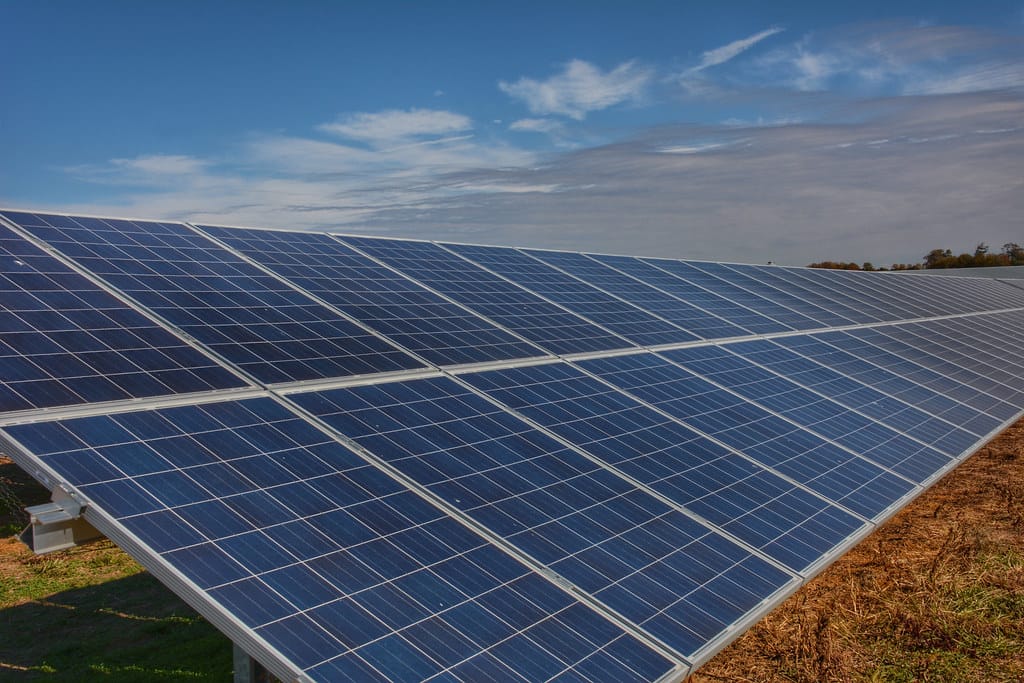Arizona Powers Up: Massive Grid Battery Comes Online Just in Time for Summer Heat
Arizona has just flipped the switch on one of the nation's largest grid-scale battery systems, marking a pivotal moment in the state's transition to renewable energy storage. The timing couldn't be more critical—with scorching summer temperatures already pushing electricity demand to dangerous levels across the Southwest.
A Game-Changer for Grid Reliability
The new battery facility, capable of storing up to 200 megawatts of power, represents more than just technological advancement—it's a lifeline for Arizona's increasingly strained electrical grid. Located strategically near Phoenix, this massive energy storage system can power approximately 50,000 homes for up to four hours during peak demand periods.
Arizona Public Service (APS), the state's largest utility company, developed this project as part of a broader $1.3 billion investment in battery storage technology. The facility uses lithium-ion batteries housed in temperature-controlled containers, each roughly the size of a shipping container, spanning across 40 acres of desert landscape.
Beating the Heat: Perfect Timing for Peak Season
The battery system's launch comes at a crucial juncture. Arizona typically experiences its highest electricity demand between June and September, when air conditioning usage skyrockets and temperatures regularly exceed 115°F. Last summer, the state's grid operators issued multiple emergency alerts as demand threatened to outstrip supply.
"This battery system is like having a massive insurance policy for our electrical grid," explains Dr. Sarah Chen, an energy storage specialist at Arizona State University. "When demand spikes unexpectedly or when a power plant goes offline, we can instantly tap into stored energy instead of potentially facing blackouts."
The facility can respond to grid demands in milliseconds—far faster than traditional natural gas "peaker" plants that previously filled this role. This rapid response capability is essential as Arizona continues integrating more solar power, which can fluctuate throughout the day due to cloud cover and weather conditions.
Solar Power's Perfect Partner
Arizona generates more solar energy per capita than any other state, but this abundance comes with challenges. Solar panels produce maximum output during midday hours when demand is moderate, yet peak electricity consumption occurs in early evening when solar generation drops off dramatically.
The new battery system solves this timing mismatch by storing excess solar energy during the day and releasing it precisely when residents and businesses need it most. This capability effectively extends Arizona's solar power generation well into the evening hours, reducing reliance on fossil fuel plants.
According to APS data, the battery facility can store enough solar energy during a typical sunny day to power the equivalent of Tempe's entire residential grid for nearly three hours during peak evening demand.
Economic and Environmental Impact
Beyond grid reliability, the project delivers significant economic benefits. The battery system is projected to save Arizona ratepayers approximately $38 million annually by reducing the need for expensive emergency power purchases during peak demand periods.
Environmentally, the facility represents a major step toward Arizona's goal of achieving 100% clean electricity by 2050. By storing renewable energy and displacing natural gas generation, the battery system will eliminate roughly 125,000 tons of carbon dioxide emissions annually—equivalent to removing 27,000 cars from the road.
The project also created 200 construction jobs and will provide 15 permanent positions for ongoing operations and maintenance, contributing to Arizona's growing clean energy economy.
Looking Ahead: The Future of Grid Storage
Arizona's new battery facility signals a broader transformation in how America manages its electrical grid. The state plans to add another 850 megawatts of battery storage capacity by 2025, while utilities nationwide are investing heavily in similar projects.
This shift toward large-scale energy storage addresses one of renewable energy's biggest challenges—intermittency. As more states pursue ambitious clean energy targets, grid-scale batteries are becoming essential infrastructure for maintaining reliable electricity service.
Key Takeaways
Arizona's massive grid battery launch demonstrates how energy storage technology can solve real-world challenges facing modern electrical systems. By providing instant backup power, storing renewable energy, and reducing emissions, this facility showcases the potential for battery storage to transform America's energy landscape.
As extreme weather events become more frequent and renewable energy adoption accelerates, Arizona's investment in grid-scale batteries offers a roadmap for other states facing similar challenges. The message is clear: the future of reliable, clean electricity depends on smart storage solutions deployed at scale.

